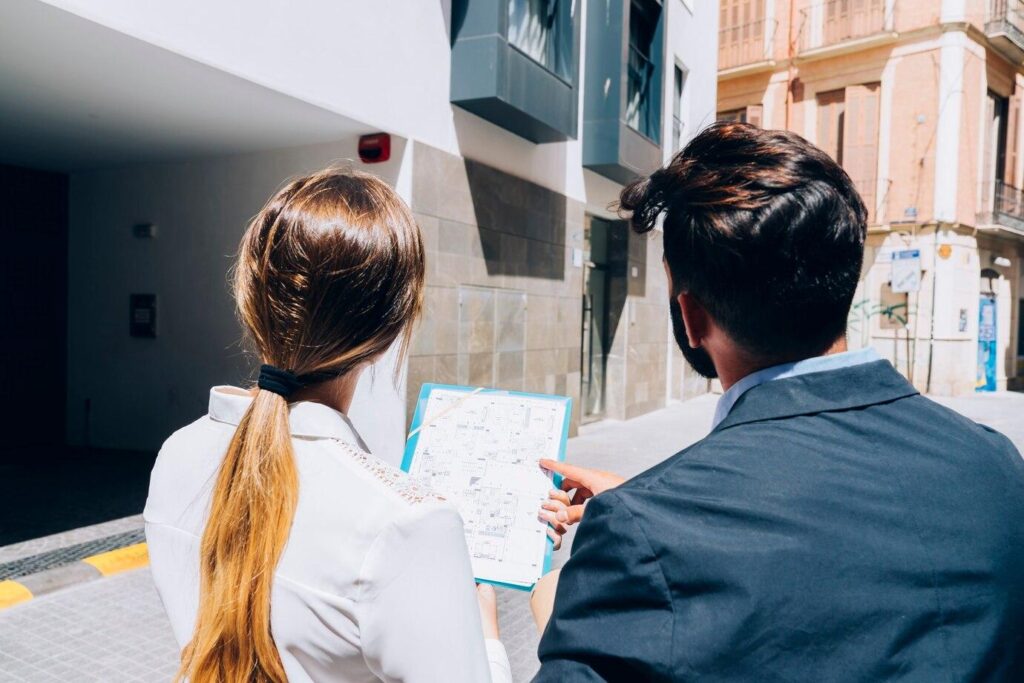How To Conduct A Home Security Audit

Conducting a home security audit is a proactive way to identify vulnerabilities and enhance the safety of your home. Ensuring the security of your place and loved ones is paramount in today’s world. Conducting a home security audit is a proactive step towards fortifying your residence against potential threats. This process involves a thorough examination of your property to identify vulnerabilities and implement effective security measures. In this guide, we’ll walk you through the steps of conducting a comprehensive home security audit.
Here’s a step-by-step guide to assist you in conducting a thorough home security audit:
Exterior Inspection
Doors: Check the condition of all exterior doors. Ensure that they are solid, secure, and free from damage. Make sure the frames are strong.
Windows: Examine the windows for sturdiness and ensure that locks are functioning properly. Consider reinforcing windows with security film or window bars if necessary.
Garage: Assess the security of the garage doors and windows. Ensure that the garage door has a reliable lock.
Landscaping
Trim bushes near windows and entry points to eliminate hiding spots. Ensure that your home is well-lit, both inside and outside. Consider motion-activated lights for key areas.
Fencing
If you have a fence, check its condition. Ensure that there are no holes or weak points that could provide easy access.
Security Systems In Home Security Audit
If you have a security system, test it frequently to ensure it’s functioning properly. Consider upgrading or expanding your system if needed.
Outdoor Valuables
Secure outdoor valuables such as bicycles, tools, and equipment in a locked shed or garage.
Locks
Assess the quality of your locks on doors and windows. Consider upgrading to high-security locks if necessary. Reinforce entry doors with deadbolt locks.
Sliding Doors
Install a bar or rod in the track of sliding doors to control them from being forced open.
Home Automation
Consider smart home security options, such as security cameras, doorbell cameras, and smart door locks.
Alarms and Warning Signs
Place security system decals and warning signs in visible locations to deter potential intruders.
Fire Safety
Ensure that your home is equipped with smoke detectors and carbon monoxide detectors. Test them frequently and replace batteries as needed.
Safes
Consider investing in a home safe to secure important documents, jewelry, and valuable items.
Emergency Preparedness
Develop and discuss an emergency plan with your family. Ensure everyone knows how to answer to different scenarios.
Neighborhood Watch
Stay connected with your neighbors and consider joining or forming a neighborhood watch program.
Online Security
Be cautious about sharing your place on social media, and avoid posting details about your travel plans.
Professional Assessment
If you need clarification on certain aspects of your home security, consider hiring a professional security consultant to conduct an assessment.
Regularly reviewing and enhancing your security measures is essential for maintaining a safe home. By following these aspects, you can identify potential weaknesses and take steps to enhance the security of your property.
Conclusion
Conducting a home security audit is a proactive measure that empowers homeowners to safeguard their families and property. By systematically evaluating and addressing potential vulnerabilities, you can create a more secure living environment. Regularly update your safety measures and stay informed about advancements in home security technology to ensure ongoing protection. Remember, a well-prepared home is a safe home.
